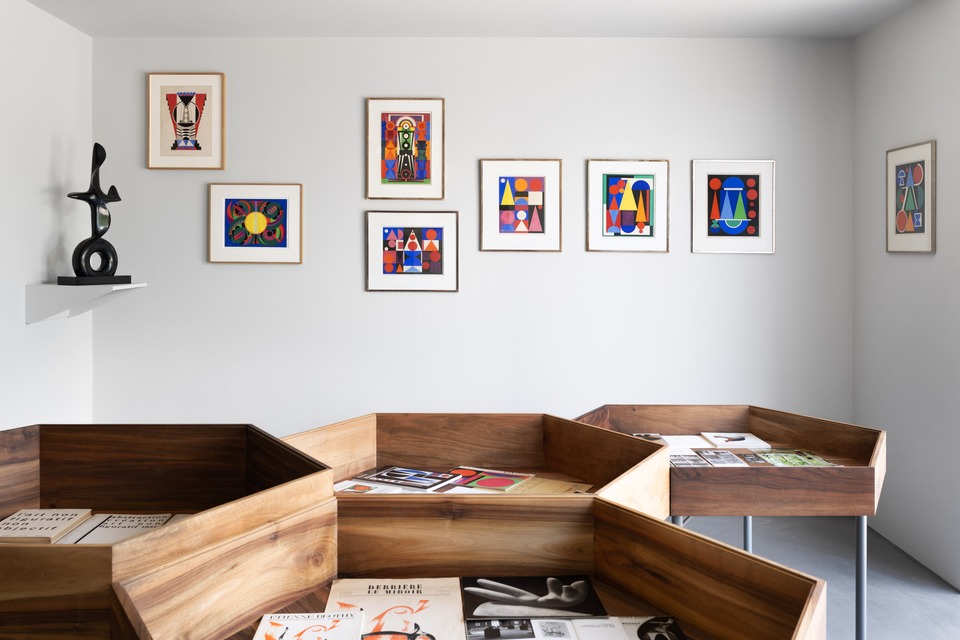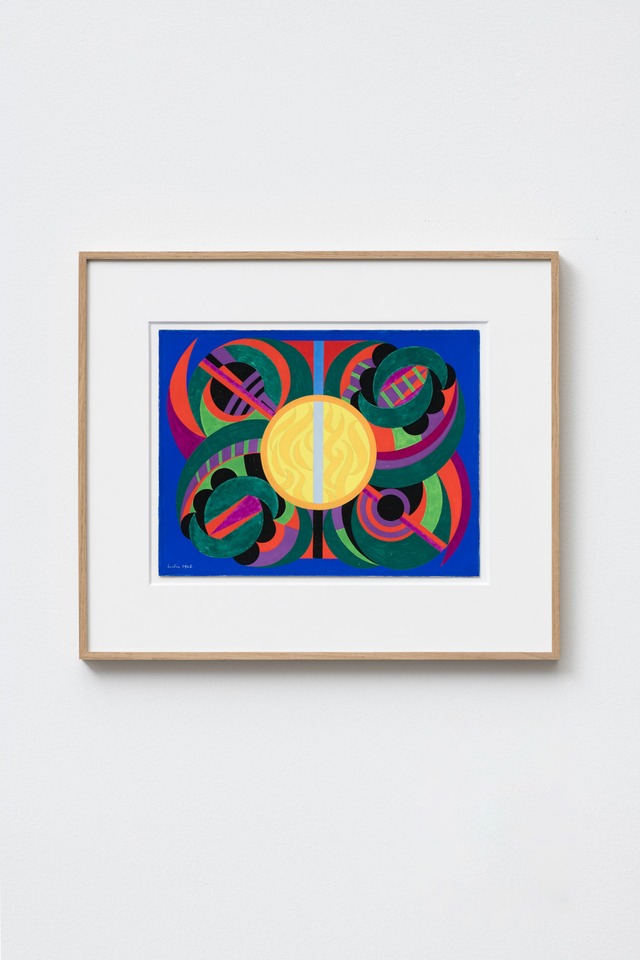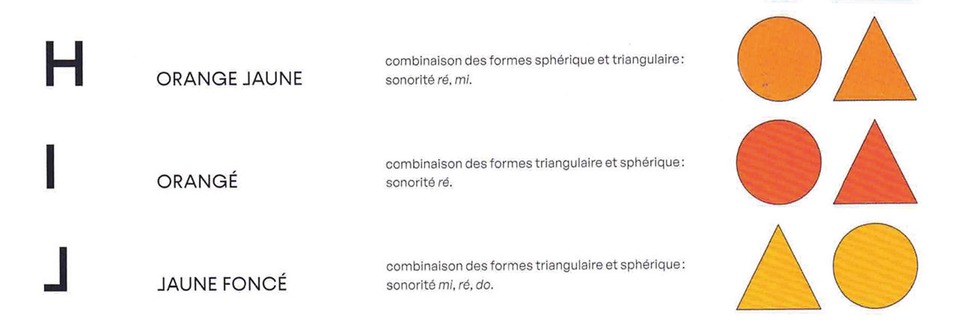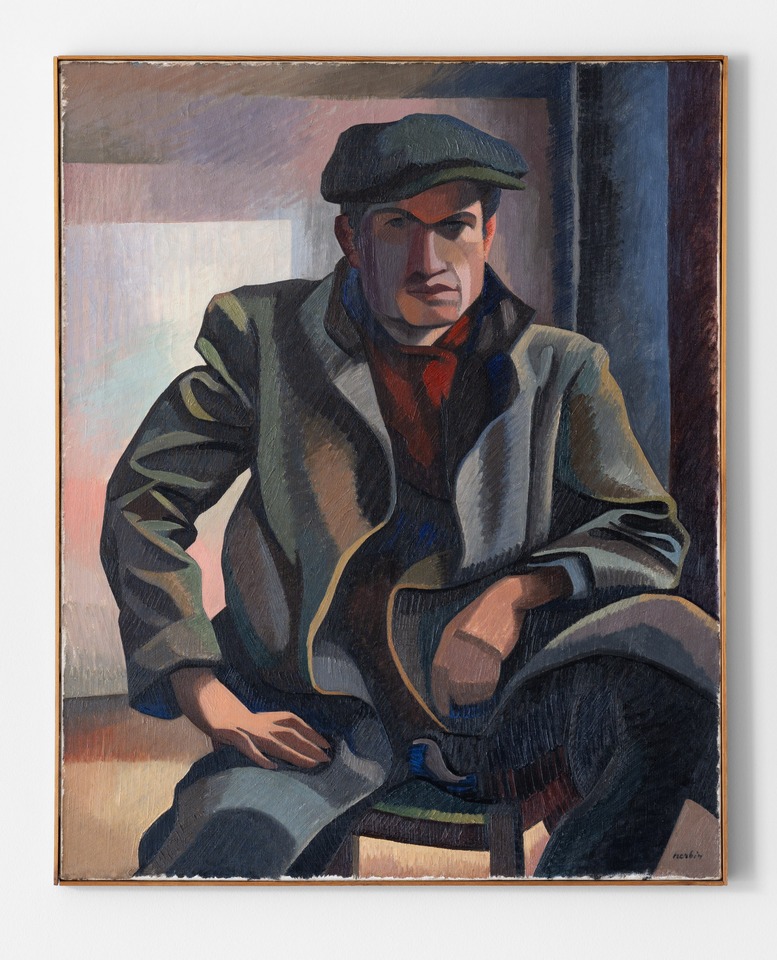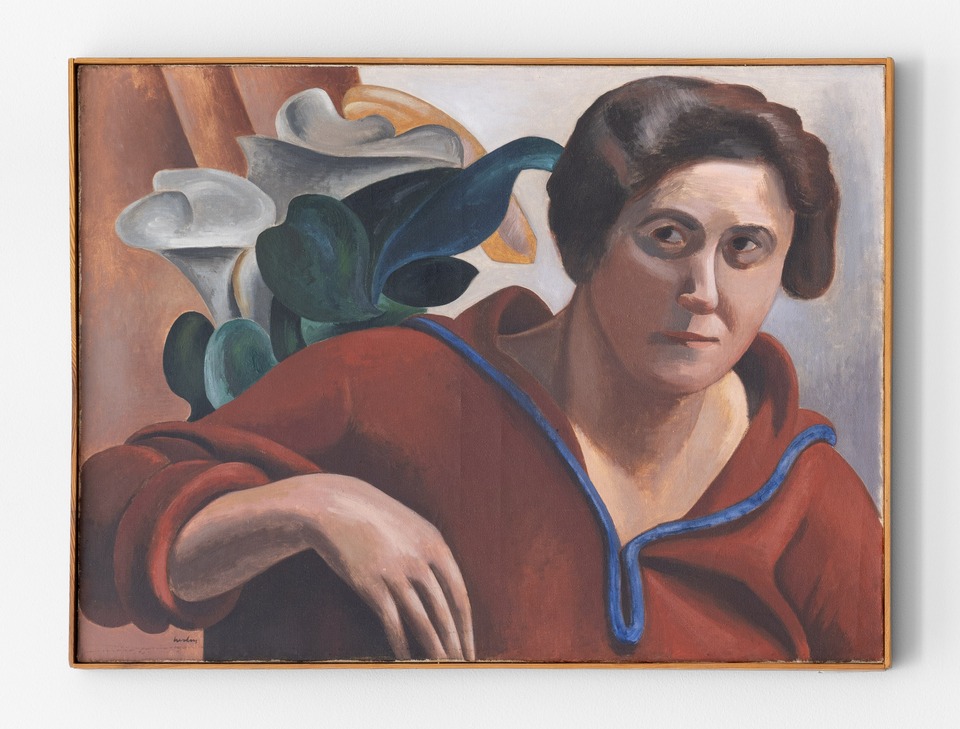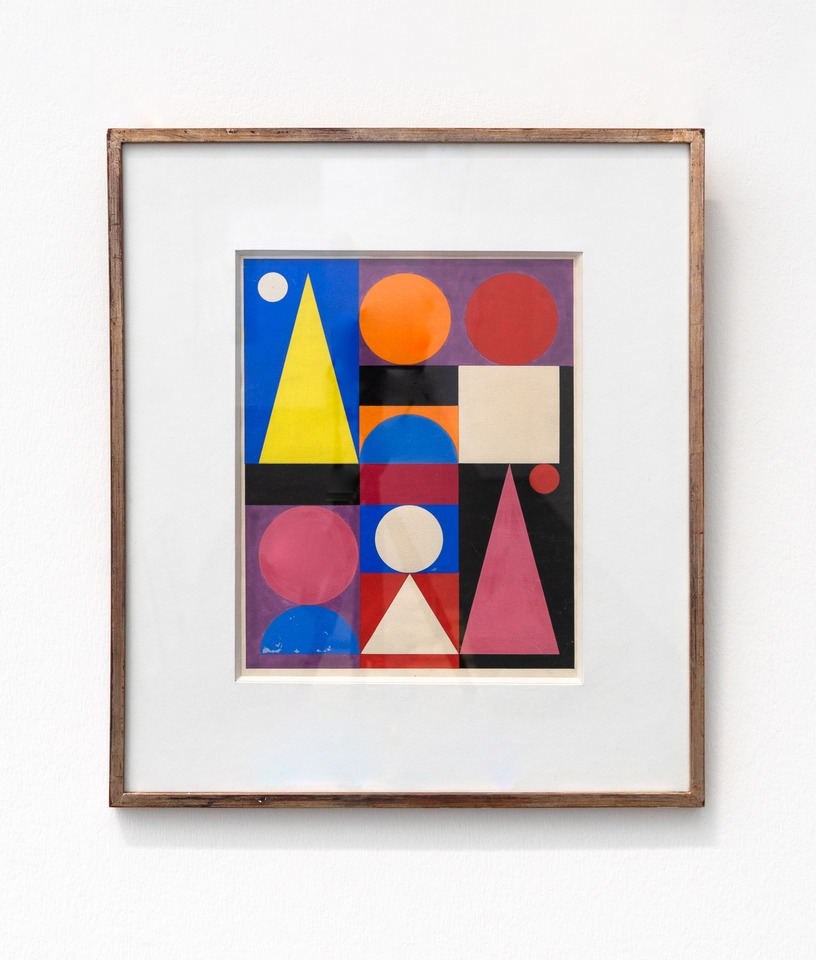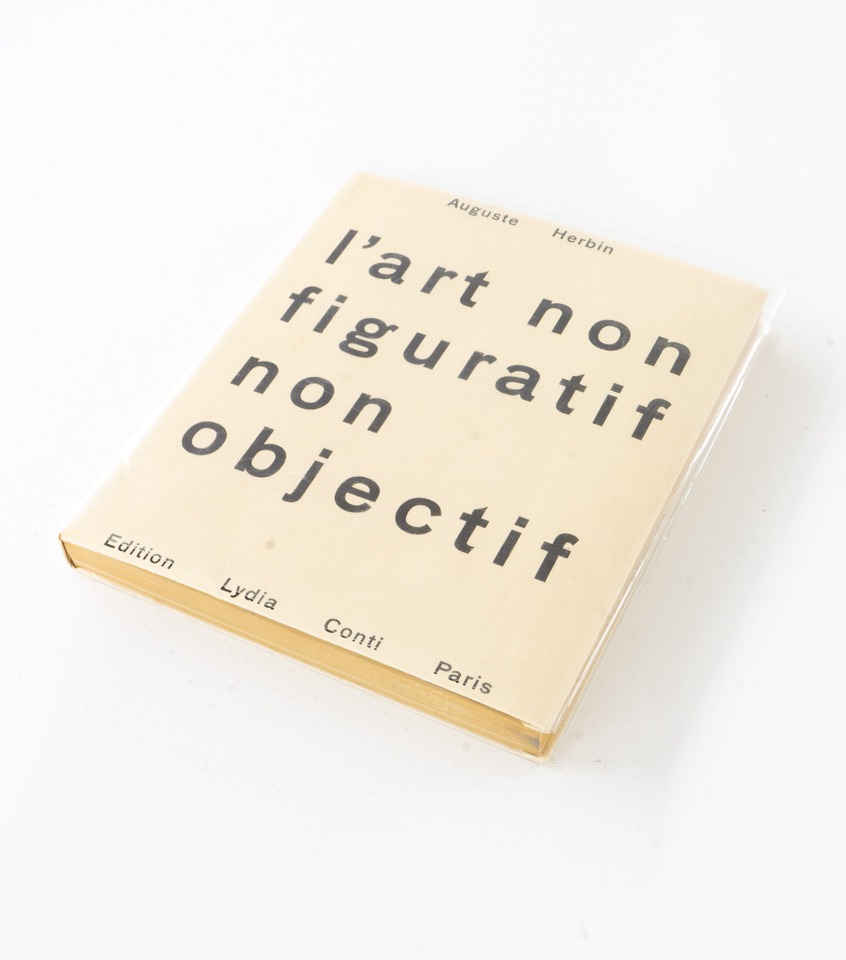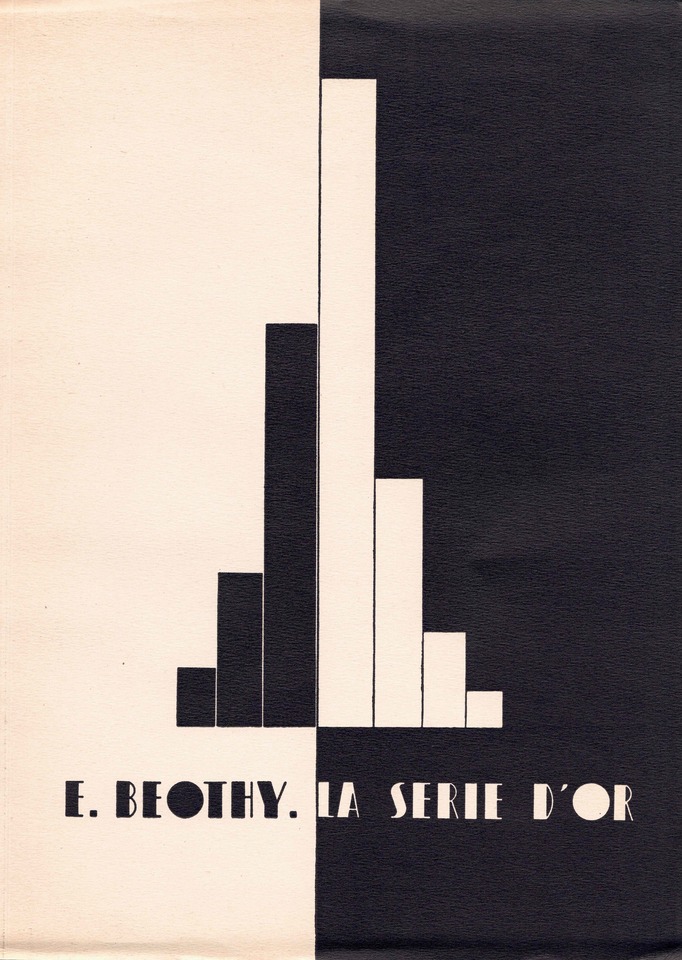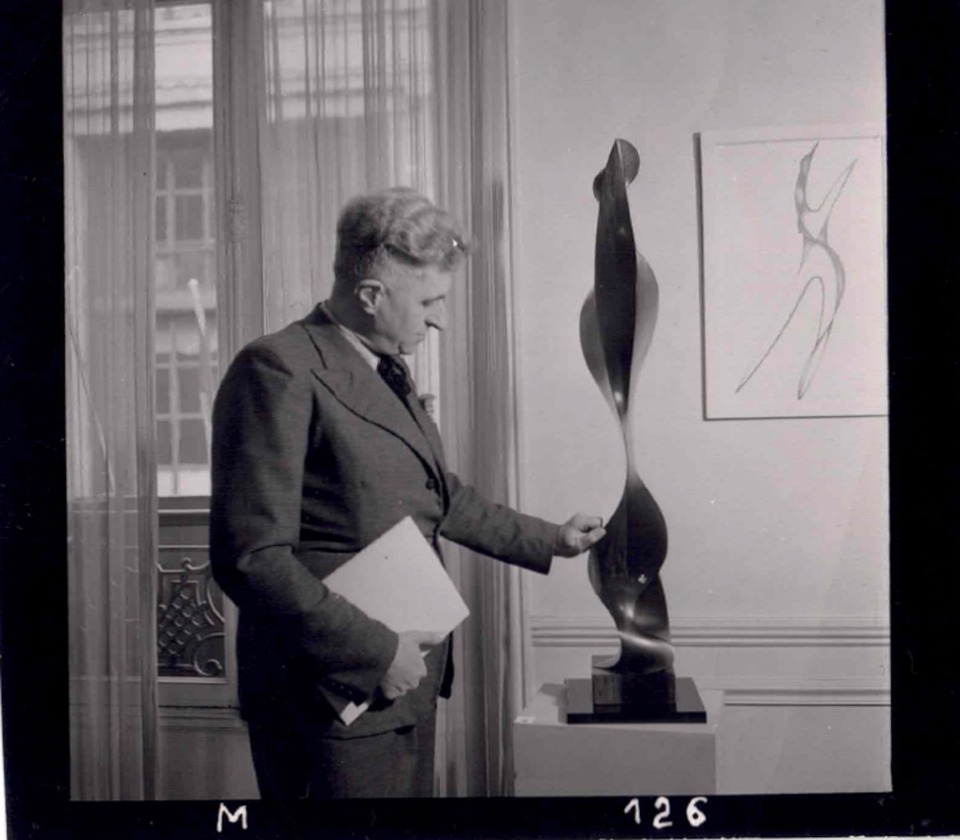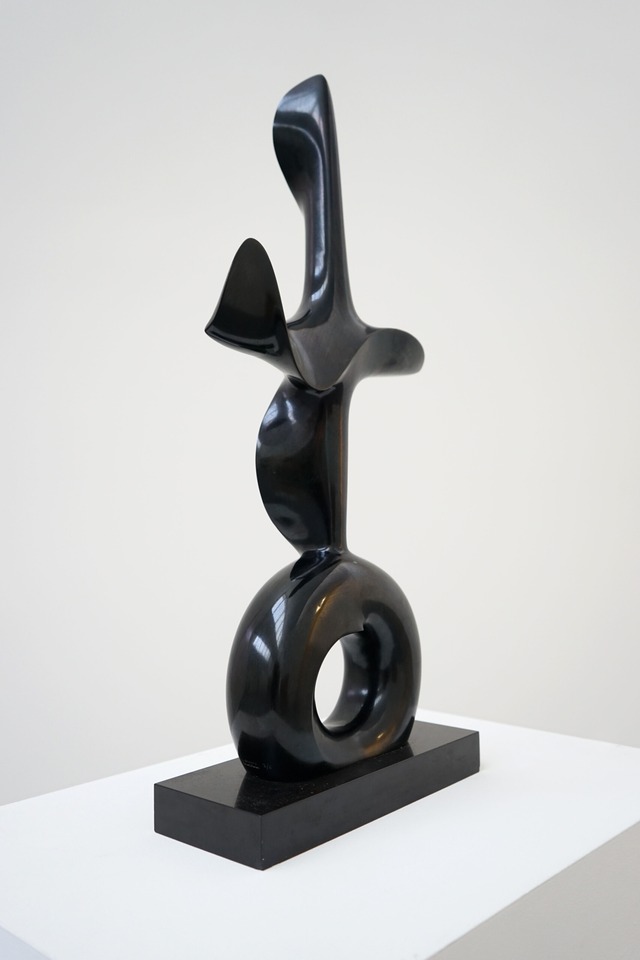Seven Things we Learned about Etienne Béothy and Auguste Herbin

On a treasure hunt through the archive we found rare historical photographs, publications, and ephemera on the befriended artists
by
Daniela Tauber - von Bartha Team
Have you been to Paris recently? If yes, maybe you walked on the paths of the artists Etienne Béothy (born 1887 in Heves, Hungary/died 1961 in Paris) and Auguste Herbin (born 1882 in Quiévy, France/died 1960 in Paris). Both of them settled there in the 1920’s and stayed to leave their impact on the art world. Due to the excellent quality of their oeuvre, they have been in the gallery’s zone of interest for decades. The current exhibition Exploring the Archive on Etienne Béothy and Auguste Herbin shines a light on these two characters.
Béothy and Herbin were close friends
The archive does not only consist of books and documents but also oral history. In our case, it’s first-hand knowledge by Miklos and Margareta von Bartha who visited Anne Béothy-Steiner (Etienne Béothy’s widow) in Montrouge near Paris. They met her in the family’s apartment at Place Jules Ferry 42, and it was said that each membership of the famous* Abstraction Création *group had once been decided over a glass of red wine in the kitchen. Anne Béothy-Steiner, who was later represented in several exhibitions by von Bartha, sacrificed her artistic career to run a knitwear store in Paris to feed her family. She also invited the almost impoverished Herbin couple over for a warm meal once a week, as she recounted to the von Barthas.\
Herbin created his own plastic alphabet to compose his paintings
If you take the time to really get to the heart of Herbin’s oeuvre, you might be able to read his abstract compositions like words or sentences with his plastic alphabet. Herbin saw relationships between forms, colors, and sounds. The letter H, like in Herbin for example, is a combination of a spherical and a triangular shape with the timbres D and E (1). The titles of his works refer to these constructions, like Composition sur les lettres R, BE, IN (HER=BIN), Composition sur le mot “Christ”, Composition sur le mot “Rouge”, or Composition sur le mot “Jaune”
One oeuvre and a multitude of genres
Herbin’s oeuvre is very variable and has undergone lots of influences like Impressionism, Fauvism, and Cubism. Autoportrait (1910) and Portrait Mme. Herbin (1923) are examples of early works with Cubist influences, as well as elements with Neo-Realism, and are currently on view in the exhibition. Taking a closer look at the Autoportrait, one might notice that the background has already begun to fade into abstraction.
“L’ abstraction est la qualité spécifique de l’homme”
Etienne Béothy - from Abstraction création art non figuratif, 1935, No. 4
**Co-founders of **Abstraction Création
Béothy and Herbin were founding members of the artist group *Abstraction Création (2). *Between 1932 and 1936 the group published a magazine called abstraction création art non figuratif to give pioneers of the abstract movement like Sophie Taeuber – Arp, László Moholy-Nagy or Georges Vantongerloo a platform. The fourth issue has been compiled by Vantongerloo and Béothy, including a text stating “L’ abstraction est la qualité spécifique de l’homme”.
Painting, sculpting AND Writing!
Herbin’s essay art non figuratif non objectif was published in 1949 and includes his color theory that has been influenced by Johann Wolfgang von Goethe’s Farbenlehre and the physical discoveries of Isaac Newton. Etienne Béothy’s writing *La série d’or (published 1939) focuses on his most important design principle, *the golden ratio.
*Etienne Béothy organized the first exhibition of French and Hungarian abstract art in Hungary in 1938 (3)
On the occasion of this exhibition, he held the lecture *Problème de la Cré**ation, which was published in Paris one year later. A copy of the publication, with a cover designed by Béothy himself, is on view as part of the von Bartha archive exhibition. The lecture was published at the most unfavorable time, as World War II started, and Béothy’s art theory has never received much recognition. (4)
“Bringing the dead back to life is difficult”
**Miklos von Bartha states: **“If you look at the past two decades, the prices of Herbin and Béothy have been very unstable. Apart from a brief peak in the years around the turn of the millennium, both artists have fallen victim to the fact that it is difficult to bring the dead back to life! You can buy an entire Herbin collection for the price of one painting by Nicolas Party! In general, now is the ideal time for collectors with eyes, because collectors who only trust their ears enable others to acquire art-historical masterpieces at ridiculous prices.”
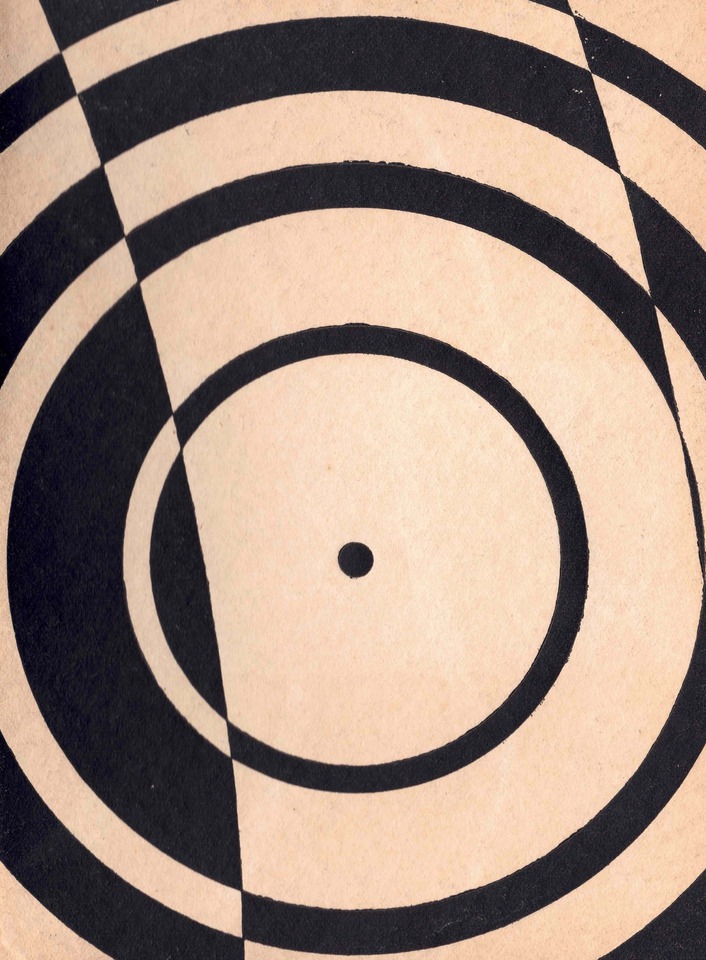
Etienne Béothy: Le Problème de la Creation, published by Chant, Paris, 1939.
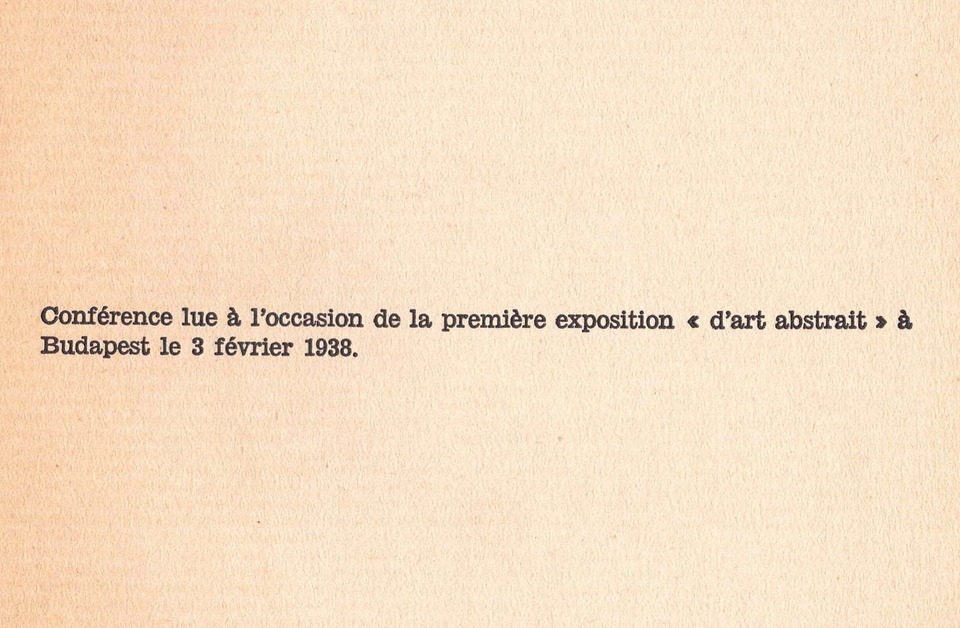
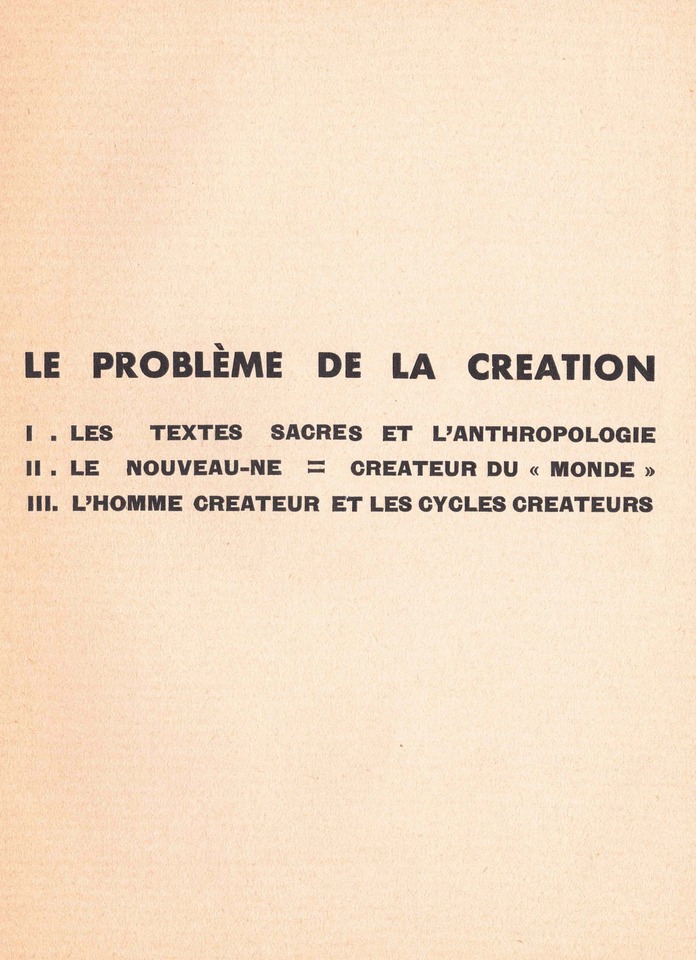
- See for example: Musée de Montmartre, Jardins Renoir, Éditions el Viso: Auguste Herbin – Le Maître Révélé / The Master Revealed 1882-1960, Paris, Madrid, 2024.
- See for example: Kestner – Gesellschaft Hannover (Hrsg.): Katalog 1 Ausstellungsjahr 1967 / 68: Auguste Herbin and Laszlo, Carl; Editions Panderma: 13 Wieder-Entdeckungen, Basel, 1976.
- & 4:Skulpturenmuseum Glaskasten Rathaus (publ.): Etienne Béothy, Ein Klassiker der Bildhauerei, Retrospektive, Marl, 1979.
